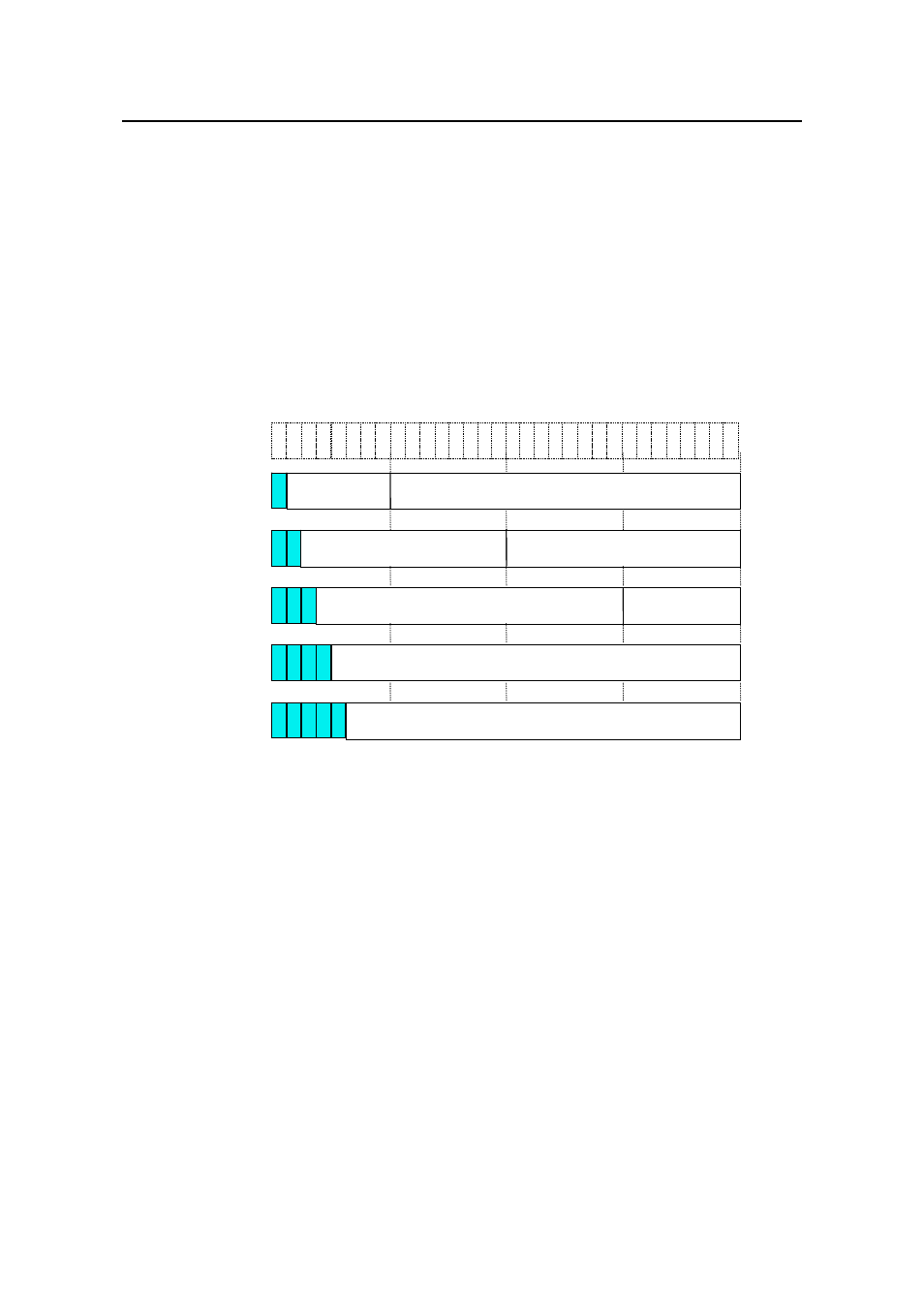Chapter 1 ip address configuration, 1 ip address overview, 1 ip address classification and representation – H3C Technologies H3C S3100 Series Switches User Manual
Page 104: Chapter 1 ip address configuration -1, 1 ip address overview -1, 1 ip address classification and representation -1

Operation Manual – IP Address and Performance Confiugration
H3C S3100-52P Ethernet Switch
Chapter 1 IP Address Configuration
1-1
Chapter 1 IP Address Configuration
1.1 IP Address Overview
1.1.1 IP Address Classification and Representation
An IP address is a 32-bit address allocated to a device connected to the Internet. It
consists of two fields: net-id and host-id. To facilitate IP address management, IP
addresses are divided into five classes, as shown in Figure 1-1.
0 1
2
3
4
5
6 7
8 9 10 11 12 13 14 15 16 17 18 19 20 21 22 23 24 25 26 27 28 29 30 31
0
1 0
1 1 0
1 1 1 0
1 1 1 1 0
net-id
net-id
net-id
Multicast address
Reserved address
host-id
host-id
Class A
Class B
Class C
Class D
Class E
net-id: Network ID; host-id: Host ID
host-id
0 1
2
3
4
5
6 7
8 9 10 11 12 13 14 15 16 17 18 19 20 21 22 23 24 25 26 27 28 29 30 31
0
1 0
1 1 0
1 1 1 0
1 1 1 1 0
net-id
net-id
net-id
Multicast address
Reserved address
host-id
host-id
Class A
Class B
Class C
Class D
Class E
net-id: Network ID; host-id: Host ID
host-id
s
Figure 1-1
Five classes of IP addresse
Class A, Class B, and Class C IP addresses are unicast addresses. Class D IP
addresses are multicast addresses and Class E addresses are reserved for future
special use. The first three types are commonly used.
IP addresses are in the dotted decimal notation. Each IP address contains four decimal
integers, with each integer corresponding to one byte (for example,10.110.50.101).
Some IP addresses are reserved for special use. The IP address ranges that can be
used by users are listed in Table 1-1.
